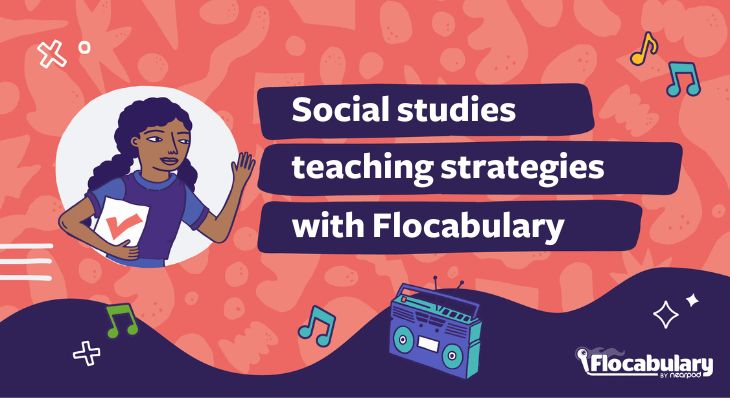
6 Effective social studies teaching strategies
Social studies is a cornerstone of education, providing students with a window into the past, a lens to examine the present, and a compass to navigate the future. As educators, our mission is to make social studies come alive, to ignite students’ curiosity, and to help them become informed, engaged, and empathetic citizens. These strategies for teaching strategies will help make the subject vibrant, dynamic, and transformative to resonate with students today and prepare them for the challenges of tomorrow.
New to Flocabulary? Sign up for an account to access the video lessons and resources mentioned in this article.
Social studies videos for students
Flocabulary videos leverage hip-hop, engaging visuals, and compelling storytelling to enhance students’ vocabulary acquisition and knowledge of historical events, making the content more relevant and memorable.
We have videos about the following topics to support effective social studies teaching strategies:
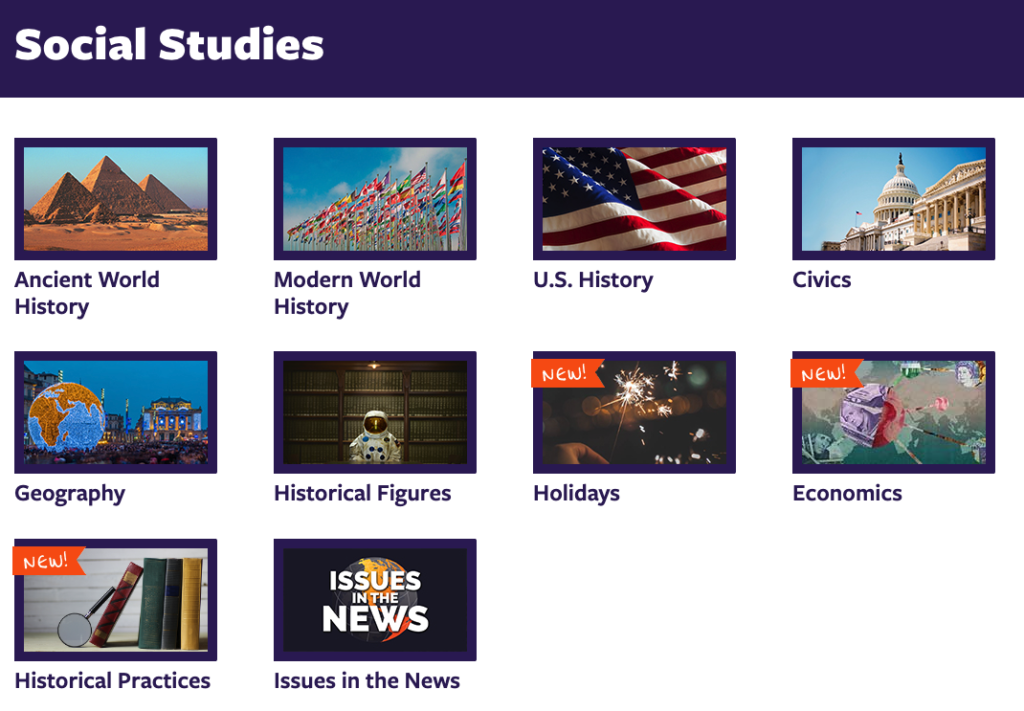
- Ancient World History
- Modern World History
- United States (U.S.) History
- Civics
- Geography
- Historical Figures
- Holidays
- Economics
- Historical Practices
- Issues in the News
- The Week in Rap
6 Effective social studies teaching strategies
1. Compare and contrast different time periods
Encouraging students to compare and contrast past and present time periods across the world is a fundamental strategy when teaching social studies. By examining the differences and similarities between different eras, students can develop a deeper appreciation for the complexities of social, cultural, economic, and political changes. Comparing past and present times enables students to grasp the enduring themes and lessons that can be drawn from history, which can then be applied to contemporary global issues. The power of comparison and contrast in social studies instruction lies in its ability to bridge the gap between history and the present, providing students with a more holistic and insightful perspective on the world they live in.
Select any Flocabulary social studies video to compare past and present time periods across the world. We recommend searching through the following collections: Ancient World History, Modern World History, and Issues in the News. Have students watch the videos and research the time periods to identify key figures, places, and events from a significant time in history. After they research and learn about the historical figures and events from the past, have them compare and contrast key players and events from the present with current events to analyze the similarities and differences.
Throughout the video-based lesson, students can do Flocabulary activities such as Vocab Cards or Lyric Lab to support vocabulary acquisition and end with a writing assignment that examines the similarities and differences in the past and present and proposes a thesis as to how much they may have or have not changed.
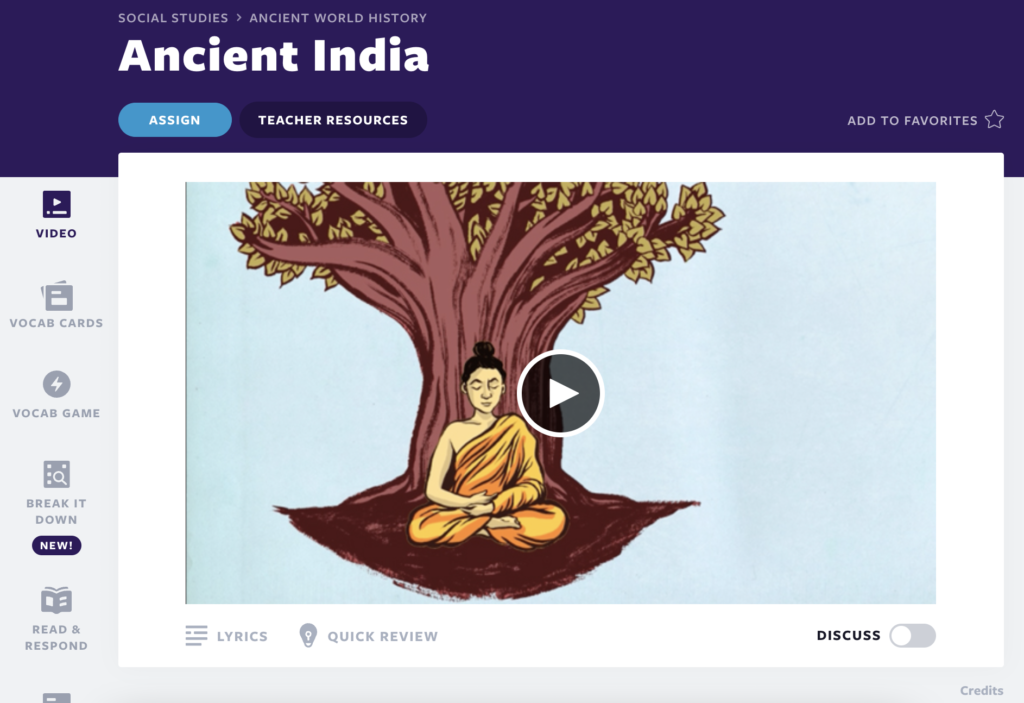
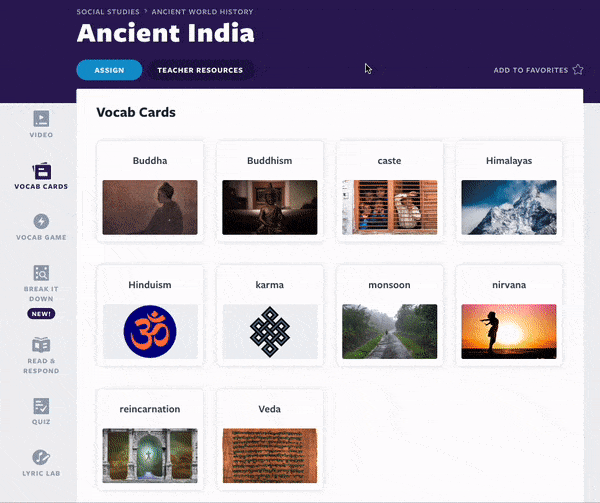
2. Explore historical fiction stories and writing
Reading historical fiction provides a compelling way for students to learn about different time periods. Effective social studies teaching strategies can include students writing their own short historical fiction stories using details from a specific time period. When students are tasked with crafting their own historical fiction narratives, they must research and absorb information about the time period they are writing about, including the social, cultural, and political aspects. This hands-on approach encourages students to immerse themselves in the historical period, helping them internalize the knowledge in a more personal and memorable way. This strategy also fosters empathy as students put themselves in the shoes of individuals from the past, gaining insight into the challenges and achievements of those eras. This strategy engages students creatively and deepens their understanding of historical contexts.
First, discuss with students what historical fiction is and share examples. Use Flocabulary’s Fiction vs. Nonfiction video-based lesson to explore several examples for each genre. Highlight how historical fiction can be tricky as it contains a lot of real details even though the events of the plot may be fiction. Students can then review the five elements of a story with these Five Elements of a Story teaching resources.
Next, have students watch a Flocabulary social studies video about a historical event or historical figure of your choosing. Then, have students make a list of important key terms that were important to that time period. Students will use these details to write a short historical fiction story.
Finally, provide students enough time to plan and draft their stories. Stories will need to be set in the historical time period they’re studying and students should include the key terms they identified earlier. It’s up to students to create characters, plot, and conflict.
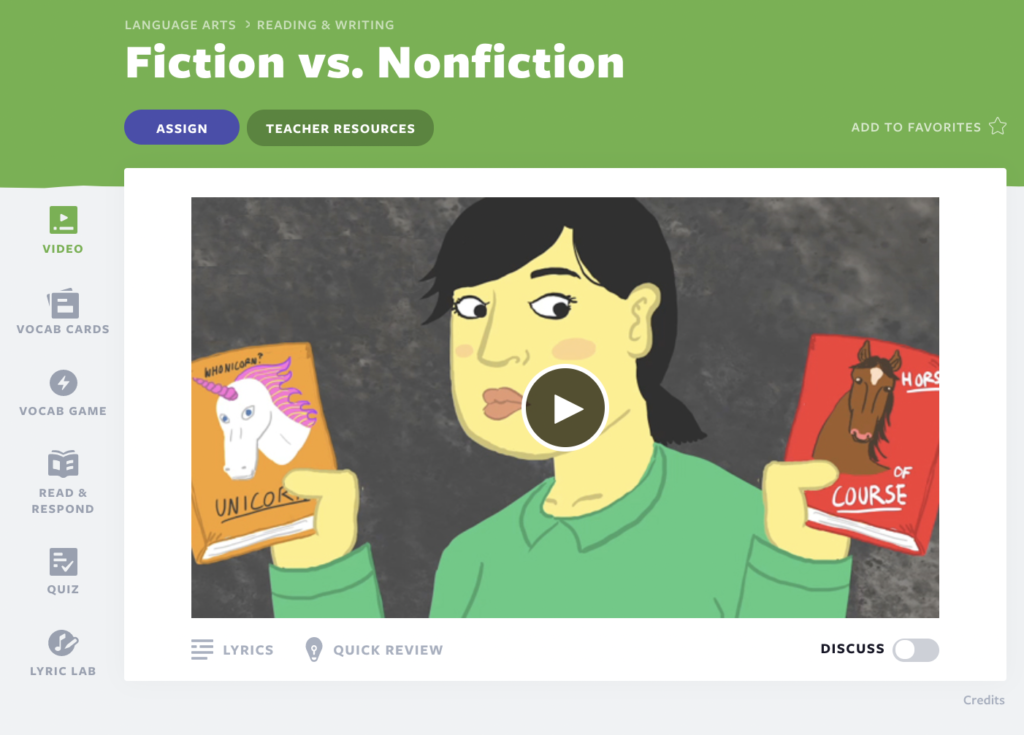
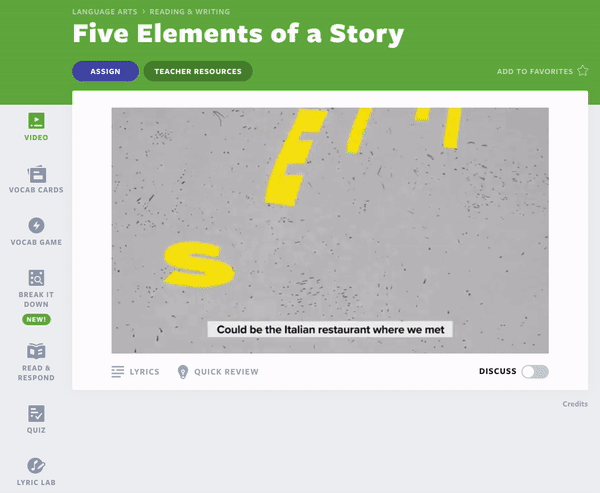
3. Classroom history debates
Debates can serve as a dynamic platform for students to clarify their understanding of historical events, fostering critical thinking and analytical skills. By requiring students to support their opinions with evidence, debates encourage a deeper exploration of historical topics. Students learn to articulate their thoughts effectively, actively listen to their peers’ arguments, and engage in respectful discourse, thus honing their communication skills. In a world where the ability to understand and respect different viewpoints is invaluable, history debates empower students to be informed, empathetic, and socially adept individuals.
Start by having the class watch a Flocabulary video about the topic. Create a statement related to the topic that is written in the affirmative. For example: “The Industrial Revolution had an immediate, positive benefit on people’s lives.” Then, create the opposing argument for students to use in the debate. You can also have students create their own argumentative statements.
Next, divide the class into two or more groups and assign each group a side of the debate. The “pro” group will argue for the statement. The “con” group will argue against it. Explain that they don’t need to personally agree with the statement in order to argue for it in a debate.
Have them research the topic and remind them to use reliable sources they can cite. Each group can work independently to write down points that will support their argument. Students can use personal opinions to guide them but should support their opinions with facts as much as possible. After researching, students can create a list of points to support their argument and rebuttal points to consider from the opposing side.
Once the research is done, students are ready to have a formal debate! Have students share their viewpoints and rebuttal the opposing side’s arguments.
4. Teach with current events
Integrating current events into social studies instruction is a powerful strategy that keeps students engaged and helps them grasp the relevance of history and social studies in their daily lives. By examining contemporary issues and events, students can connect the past with the present, allowing them to see the direct impact history has on their world today. This approach encourages students to become informed and responsible citizens, equipped to make well-informed decisions in an increasingly complex and interconnected world. By weaving the present into the social studies curriculum, educators can use active learning techniques and empower students to be active participants in shaping the future by understanding the lessons of the past.
Flocabulary drops new current events videos called The Week in Rap each Friday. Week in Rap lessons contains Flocab’s signature hip-hop video style with supporting activities like Vocab Cards, Vocab Game, Quiz, and Lyric Lab. Each video’s vocabulary terms give students a chance to demonstrate mastery over terms they see and hear in the news. Week in Rap lessons are available for grade levels 6-12, and The Week in Rap Junior is for grades 3-5. Make it a part of your classroom’s Friday routine to watch and stay informed! If you’re interested in learning more, check out how the Week in Rap is created here.
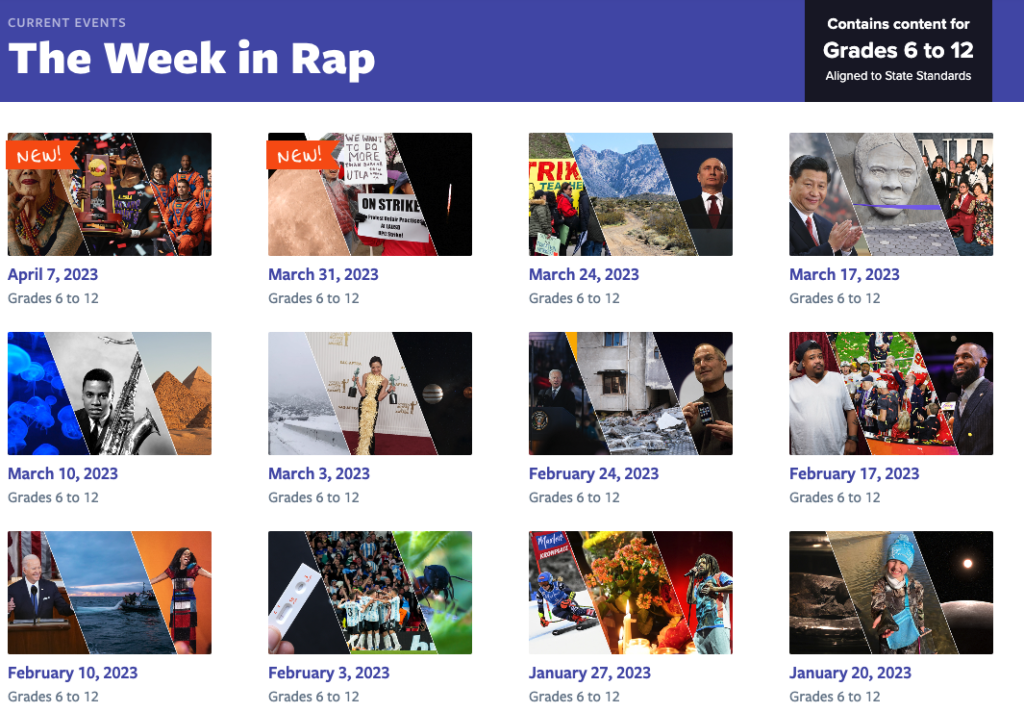
5. Create historical timelines on the classroom wall
Embracing the collaborative creation of a historical timeline on the classroom wall is a dynamic and engaging strategy that can greatly enrich the social studies learning experience. This interactive cooperative learning approach empowers students to become active participants in the construction of their historical understanding. As students research and organize key events, figures, and eras, they not only develop a chronological perspective but also deepen their comprehension of cause-and-effect relationships. A shared classroom timeline fosters a sense of ownership and community within the class. Students work together, share their knowledge, and negotiate the placement of important historical elements, leading to lively discussions and debates about the past.
Consider including lyrics instead of regular text or images on the timeline. This adds a unique dimension to the learning experience. Have students write their favorite lyrics from Flocabulary videos in each time period’s section. They can illustrate key vocabulary and concepts from that time period they learned through Flocabulary. Regularly review a few lyrics and key facts from the time period throughout the year to support effective social studies teaching strategies and vocabulary acquisition.
6. The power of biographies
Through biographies, students have the opportunity to step into the shoes of historical figures, experiencing history through their unique perspectives and personal journeys. This approach not only humanizes historical events and periods but also encourages empathy and understanding. By studying the lives and contributions of historical figures, students gain a deeper appreciation for the diverse voices and experiences that have shaped our world.
With Flocabulary’s lessons on historical figures, students can learn about Frida Kahlo, Booker T. Washington, Sacagawea, James Baldwin, Katherine Johnson, Toni Morrison, José Hernández, and so many more. After watching the Flocabulary video and completing the activities to master the vocabulary, students can work together in small groups to write a poem or rap song of their own about the historical figure using Lyric Lab. With a built-in rhyme generator and the vocabulary words easily available, students can easily jump into writing rhymes using the vocabulary words from their lesson.
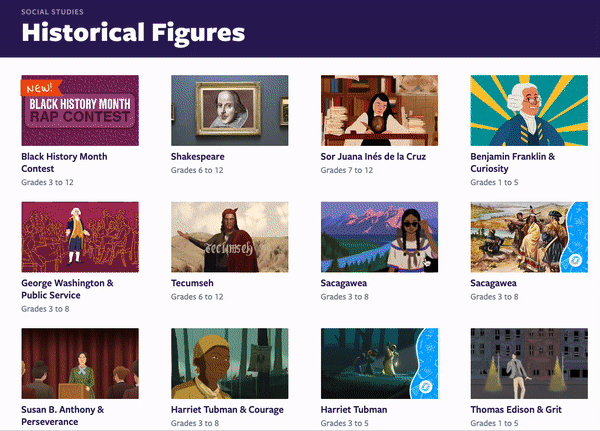
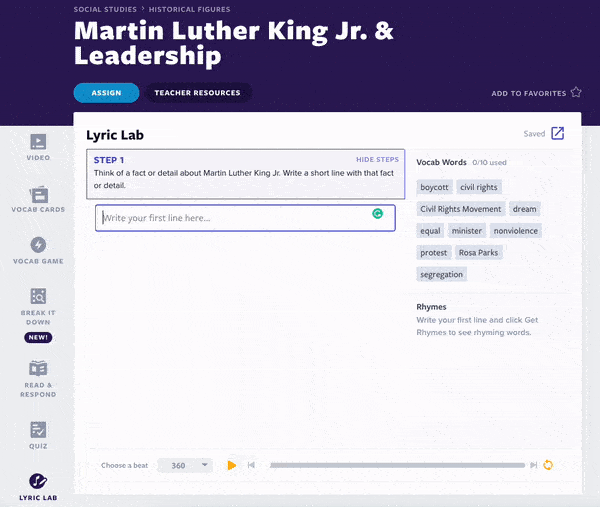
Teach social studies with Flocabulary
Each of these effective social studies teaching strategies brings unique dimensions to classroom instruction. We hope that these teaching strategies inspire educators to cultivate inquisitive, empathetic, and informed citizens of the world. Social studies is more than a subject; it’s a compass that guides students on a lifelong learning journey. With Flocabulary’s lessons, social studies teachers can bring literacy, vocabulary, and writing experiences into every subject.
New to Flocabulary? Sign up for an account to access the video lessons and resources mentioned in this article.
